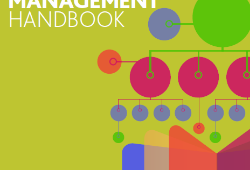There’s been a fair amount of media coverage resulting from the recent $5 million fine levied by the Securities and Exchange Commission on NYSE Euronext, caused in the most part by the exchange’s failure to provide data to third parties as quickly as it did to its own data feeds. Now, not to make light of this breakdown in regulatory compliance and market fairness, but the problems did take place between 2008 and 2010, when they were fixed (so we are told). So I can’t say I got too excited when the settlement happened. But it did get me thinking … about a chat I had the other week with Gnodal’s CEO Bob Fernander.
I was really just getting an update from Bob on Gnodal – a network switch vendor with a very low-latency and low congestion product – and listening to his views on store-and-forward vs cut-through switches, when the conversation turned to how trading firms looking to get the very best latency from liquidity venues seek to hook into the fastest port on a network switch.
Says Bob: “Traders fight to the death to be on port 1, not port 26 on the same switch. Because the guy on port 26 will get his pricing consistently later than the guy on port 1. And the guy on port 1 has a consistent advantage if he’s got a real efficient execution engine and he’s simply updating his execution. Inside that switch, it gets the data to the port at different times.”
So how much of an issue is this? Is anything being done to resolve it? There’s more on this (and on cut-through) from Bob on Gnodal’s own blog here. But do give me your own thoughts – comments welcome below!
Subscribe to our newsletter




